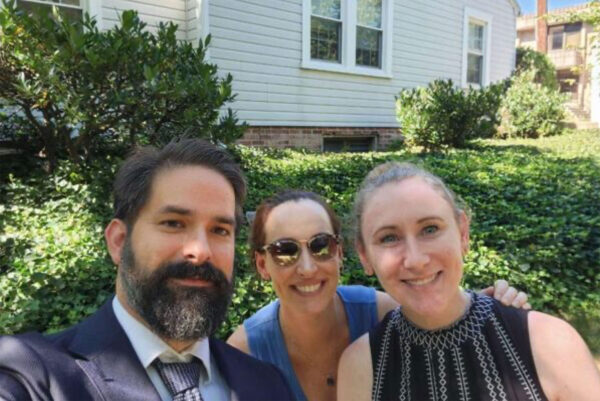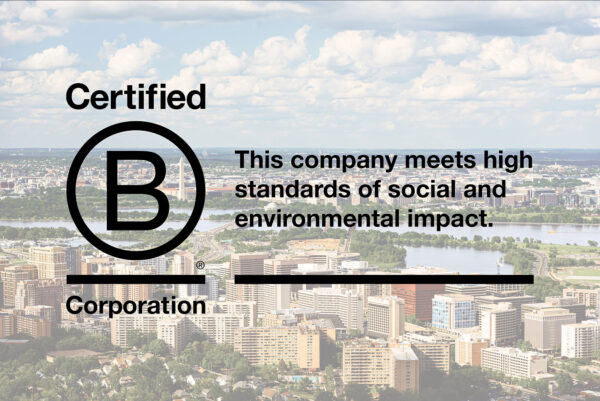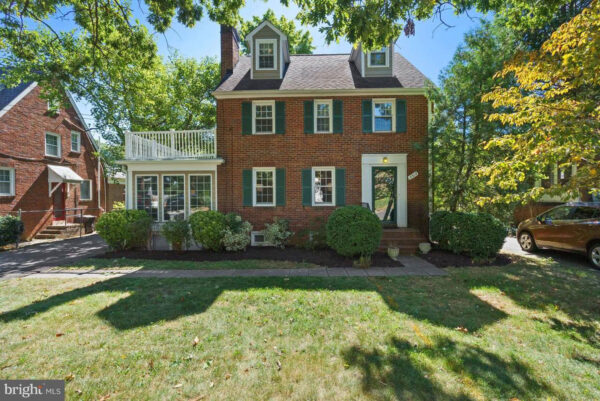This sponsored column is by Law Office of James Montana PLLC. All questions about it should be directed to James Montana, Esq., Doran Shemin, Esq., and Laura Lorenzo, Esq., practicing attorneys at The Law Office of James Montana PLLC, an immigration-focused law firm located in Falls Church, Virginia. The legal information given here is general in nature. If you want legal advice, contact us for an appointment.

There’s plenty of immigration news this week, and plenty of business to do, but the point of Thanksgiving is to stop, just for a moment, to take stock and appreciate the blessings we all have.
“To these bounties, which are so constantly enjoyed that we are prone to forget the source from which they come, others have been added, which are of so extraordinary a nature, that they cannot fail to penetrate and soften even the heart which is habitually insensible.” These were the words of President Lincoln at an extraordinarily difficult Thanksgiving. In our own small way, we want to try not to forget.
We are particularly grateful, this year, for the skills and industry of Mr. Gabino Marquez Cabrera, who helped us to build out our office space. Mr. Marquez Cabrera did his work on time, on budget, and with a level of craftsmanship that even the pointy-headed boss can appreciate. We hear that some people have been having trouble finding contractors. Mr. Marquez Cabrera is the solution to that problem, and can be reached at (571) 575-3528 or [email protected].

We are also very grateful for the work of Jack Lenehan, who developed and maintained our new website. Jack is a fancy front-end dev, and (I believe) is well, well beyond making websites for college buddies, so this isn’t a business plug for him. We’re just grateful he was able to help us out. If you’re a fancy Silicon Valley person not named Sam Bankman-Fried, check out Jack’s work here.

Finally, the pointy-headed boss wants to express his thanks to Doran Shemin and Laura Lorenzo, the other lawyers at our happy little operation. Doran and Laura put in long hours to help hundreds of families every year. I’m grateful, on their behalf, for them.

Don’t ask any questions about immigration this week. We’re busy eating leftover turkey sandwiches, and you should be, too. We’ll be back in a fortnight for more honest coverage of immigration law in our area.






















